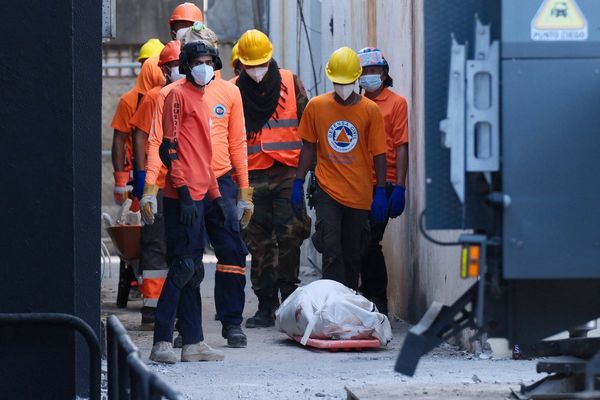
In the eleventh year of its mission, the European Space Agency (ESA)'s Gaia space telescope has suffered a pair of technical snags. The telescope has spent its time in space precisely measuring the positions and motions of distant stars, offering an immense boon to astronomers.
ESA said that Gaia suffered first a puncture from a fast-moving micrometeoroid, then an electronics malfunction. Due to these issues, the telescope began sending its Earthbound operators gigabytes of junk data.
"Gaia typically sends over 25 gigabytes of data to Earth every day, but this amount would be much, much higher if the spacecraft's onboard software didn't eliminate false star detections first," said Edmund Serpell, Gaia's spacecraft operations engineer, in a statement. Serpell and his fellow engineers thus had to frantically deal with the problems.
Gaia sits at L2 — the Lagrange point approximately 1.5 million kilometers (940,000 miles) away from Earth. This point resides in Earth's shadow, where our planet's gravitational pull balances out the sun's. Out there, without even a trace of Earth's atmosphere to burn them up, high-speed micrometeoroids are a common threat. And, although Gaia has a protective thermal tent designed in part to protect the observatory from such micrometeoroids, one got through.
Related: Gaia telescope's new data reveals 'goldmine' of over 500,000 undiscovered stars and more
In April, a piece of space dust punched a hole into Gaia's shielding, enough to allow a sliver of sunlight into Gaia's innards. Though only about one-billionth the intensity of sunlight that reaches Earth's surface, this speck of light was still bright enough to disrupt the telescope's onboard sensors.
To make matters worse, Gaia would soon suffer another issue. Gaia's camera consists of 106 charge-coupled devices (CCDs) — electronic components that convert light falling upon them into electrical charge. In May, one of the CCDs failed. Engineers don't know what exactly caused the fault, though it coincided with the solar storm that lit up Earth's northern skies with brilliant auroras. The spike of solar radiation that came with the storm may simply have overwhelmed Gaia's decade-old electronics.
The result of the failure, on the other hand, is clear. This particular CCD helps Gaia root out false positives. Without it in proper function, coupled with the disruption from the micrometeoroid puncture, Gaia's sensors began lighting up with stars that didn’t exist.
With Gaia too far from Earth for ESA to consider repairs, Gaia's engineers had to sort out how to address both issues from afar. They responded by adjusting the threshold above which Gaia identifies a distant point of light as a star and adjusted the telescope's optics, meaning that the telescope is now actually sending back better data than ever.
So, for now, the story has a happy ending. But Gaia has already survived nearly twice as long in space as its original mission plan, and all good things tend to come to an end.







